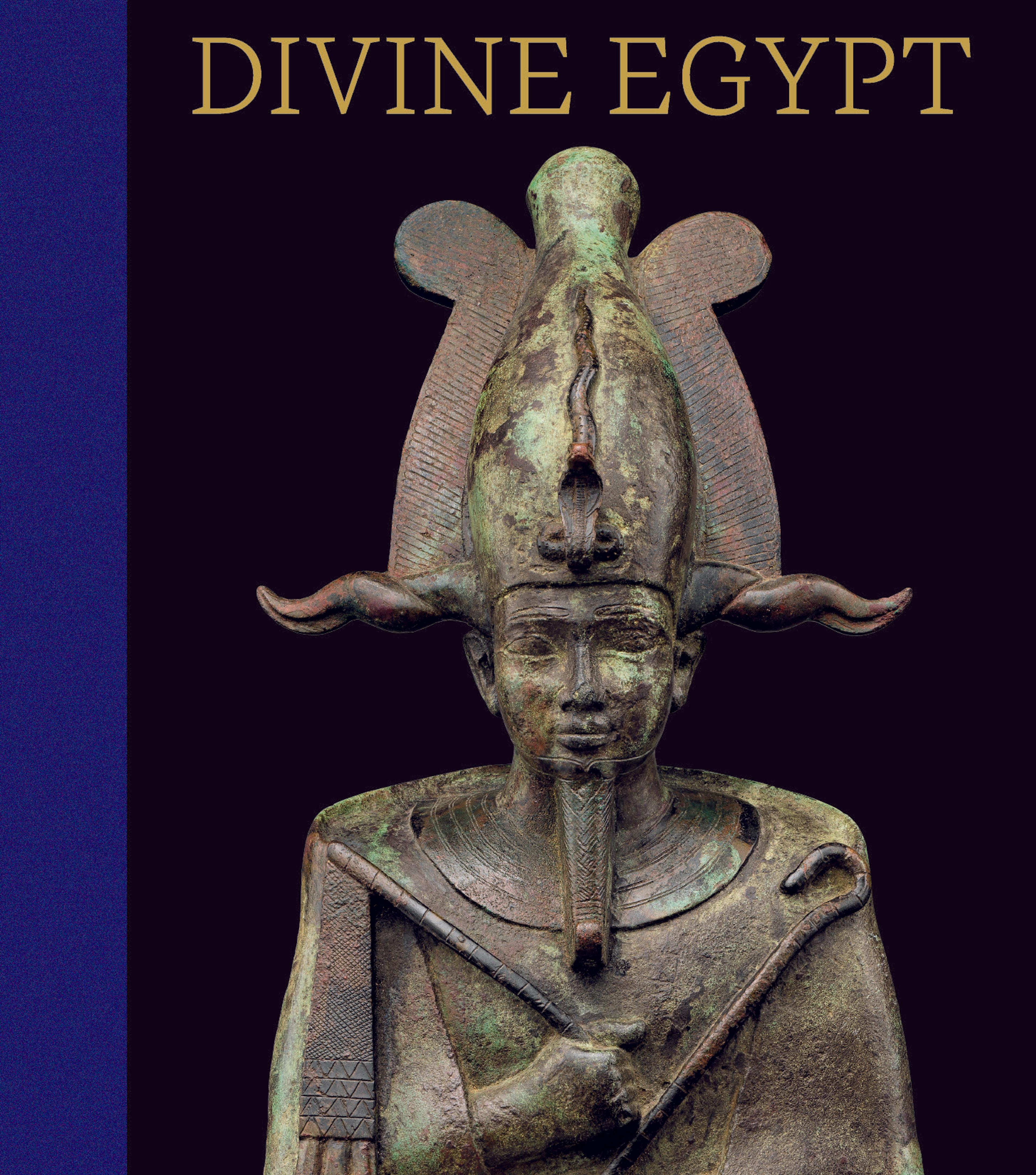Statue of Wepwawet and Isis-Hathor
The Royal Scribe and Overseer of the Granaries, Siase, dedicated this statue which represents Isis, his patron goddess, and Wepwawet, the local god of Assiut where the statue was made. Its fine but rather provincial style is the work of sculptors who were somewhat removed from the mainstream of the royal workshops. However, many of their mannerisms, such as the round cheeks and pronounced blandness of the goddess' face, gained popularity during the succeeding century. The inscriptions on the front of the statue contain prayers to the two gods. On the back is a long prayer to Osiris, invoking his aid in the Hereafter.
Artwork Details
- Title: Statue of Wepwawet and Isis-Hathor
- Period: New Kingdom, Ramesside Period
- Dynasty: Dynasty 19
- Reign: reign of Ramesses II
- Date: ca. 1279–1213 BCE
- Geography: From Egypt; Probably from Middle Egypt, Asyut (Lykopolis), Tomb of Siese
- Medium: Limestone
- Dimensions: H. 130 × W. 69 × D. 43 cm, 274.4 kg (51 3/16 × 27 3/16 × 16 15/16 in., 605 lb.)
- Credit Line: Rogers Fund, 1917
- Object Number: 17.2.5
- Curatorial Department: Egyptian Art
More Artwork
Research Resources
The Met provides unparalleled resources for research and welcomes an international community of students and scholars. The Met's Open Access API is where creators and researchers can connect to the The Met collection. Open Access data and public domain images are available for unrestricted commercial and noncommercial use without permission or fee.
To request images under copyright and other restrictions, please use this Image Request form.
Feedback
We continue to research and examine historical and cultural context for objects in The Met collection. If you have comments or questions about this object record, please complete and submit this form. The Museum looks forward to receiving your comments.
